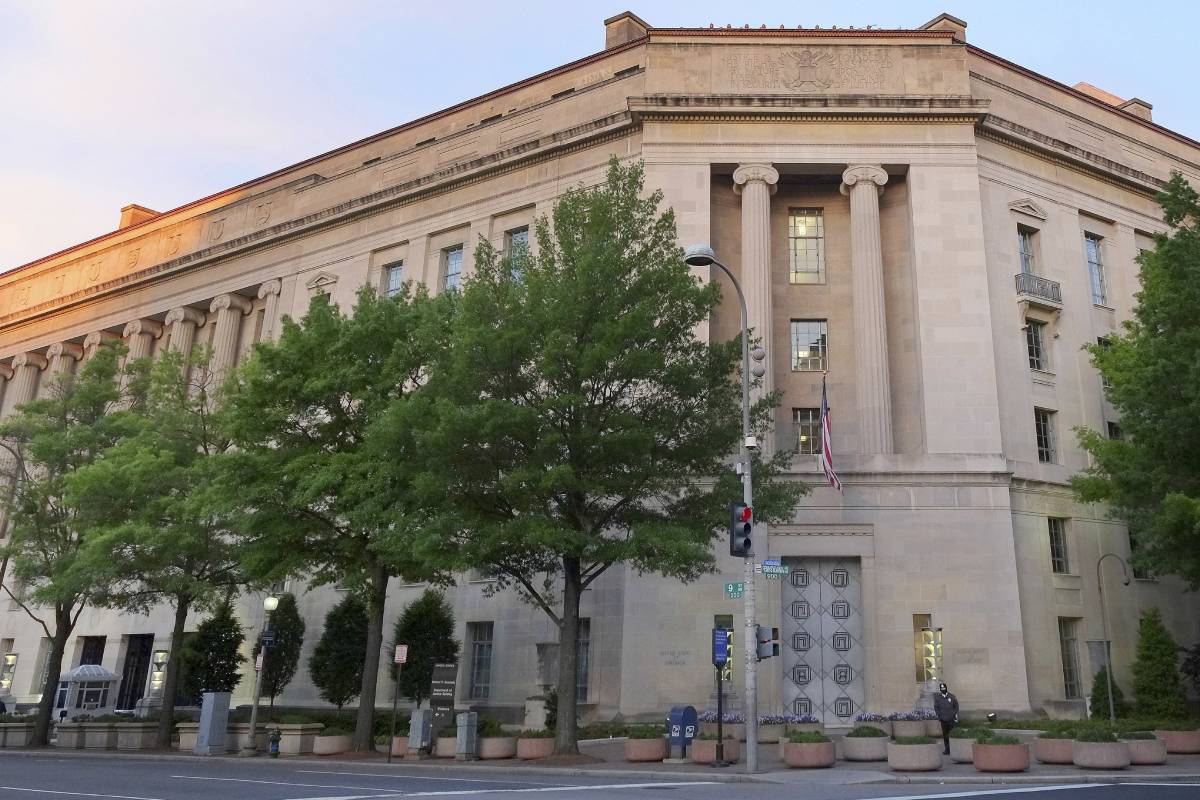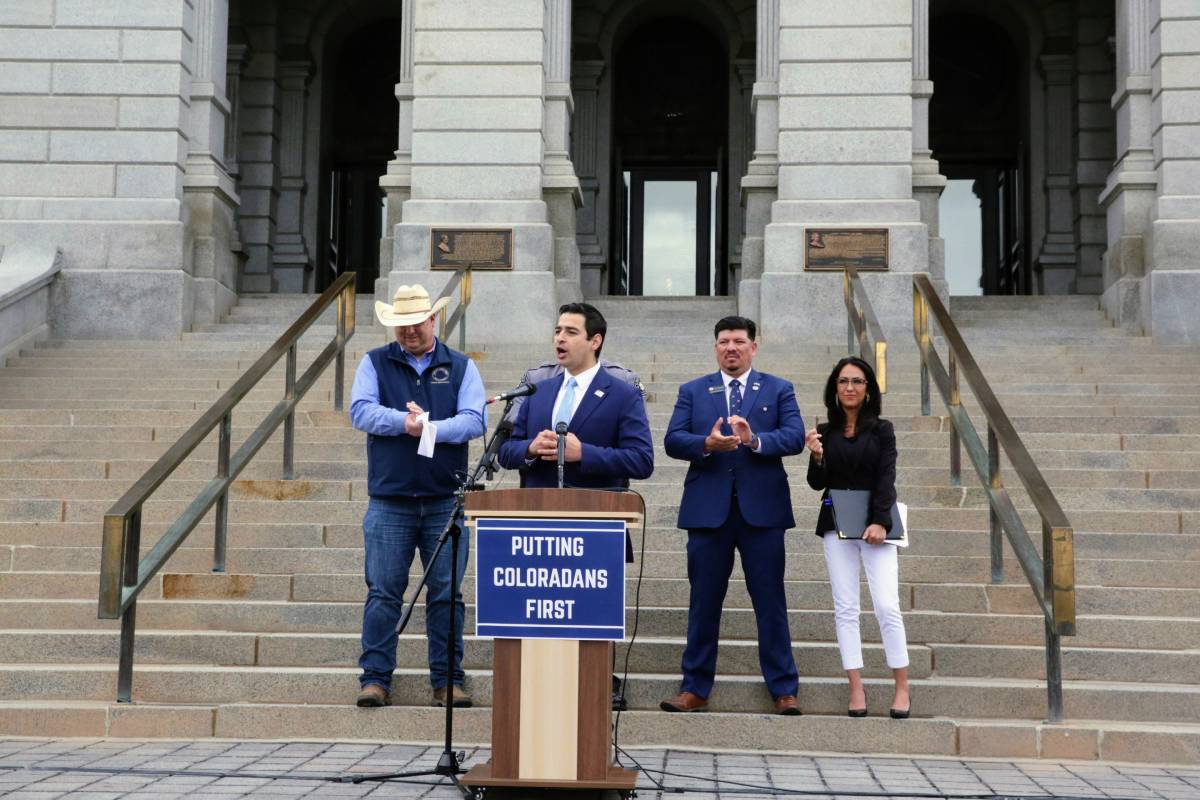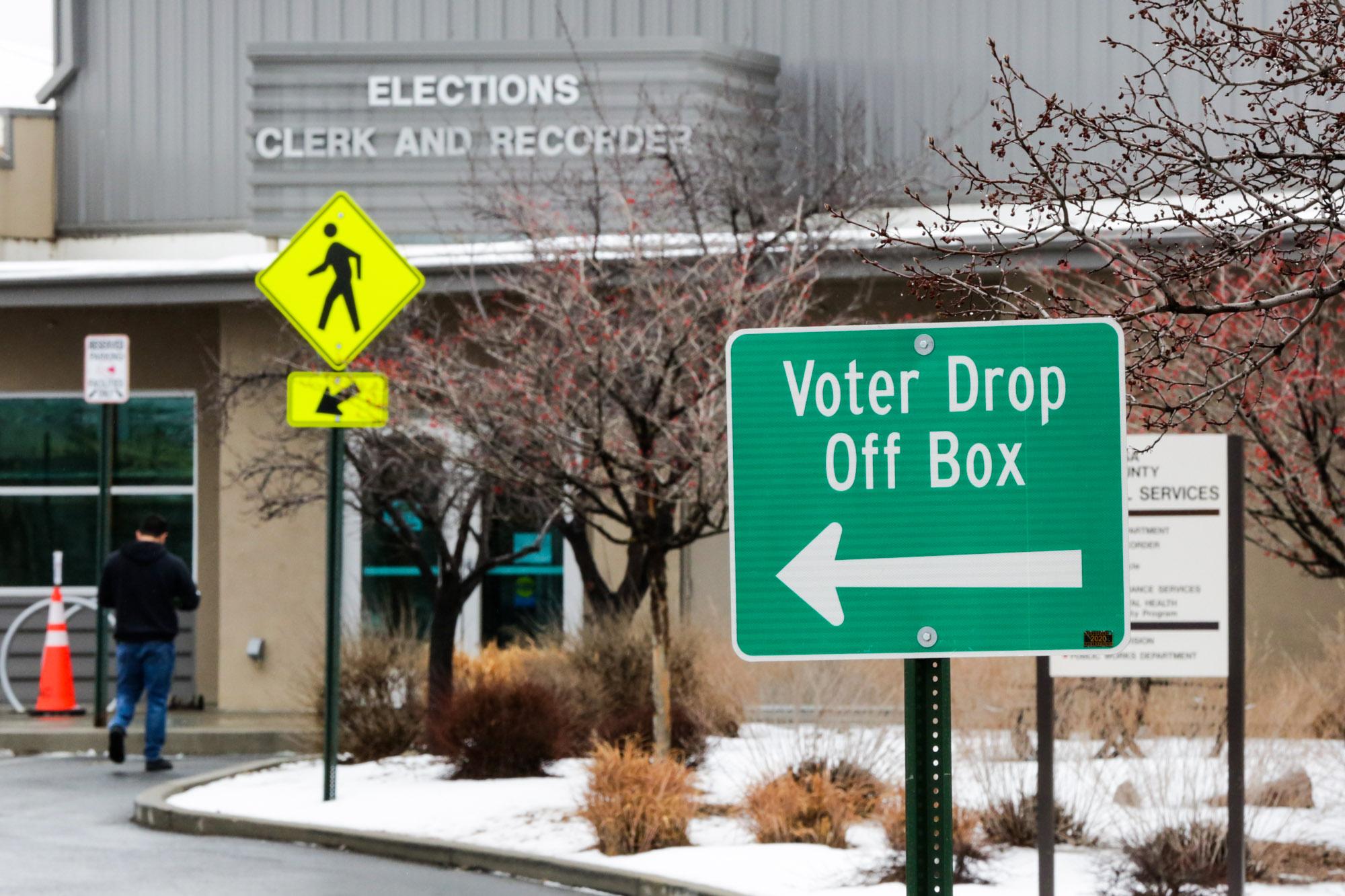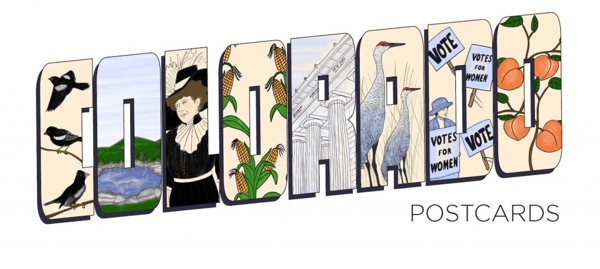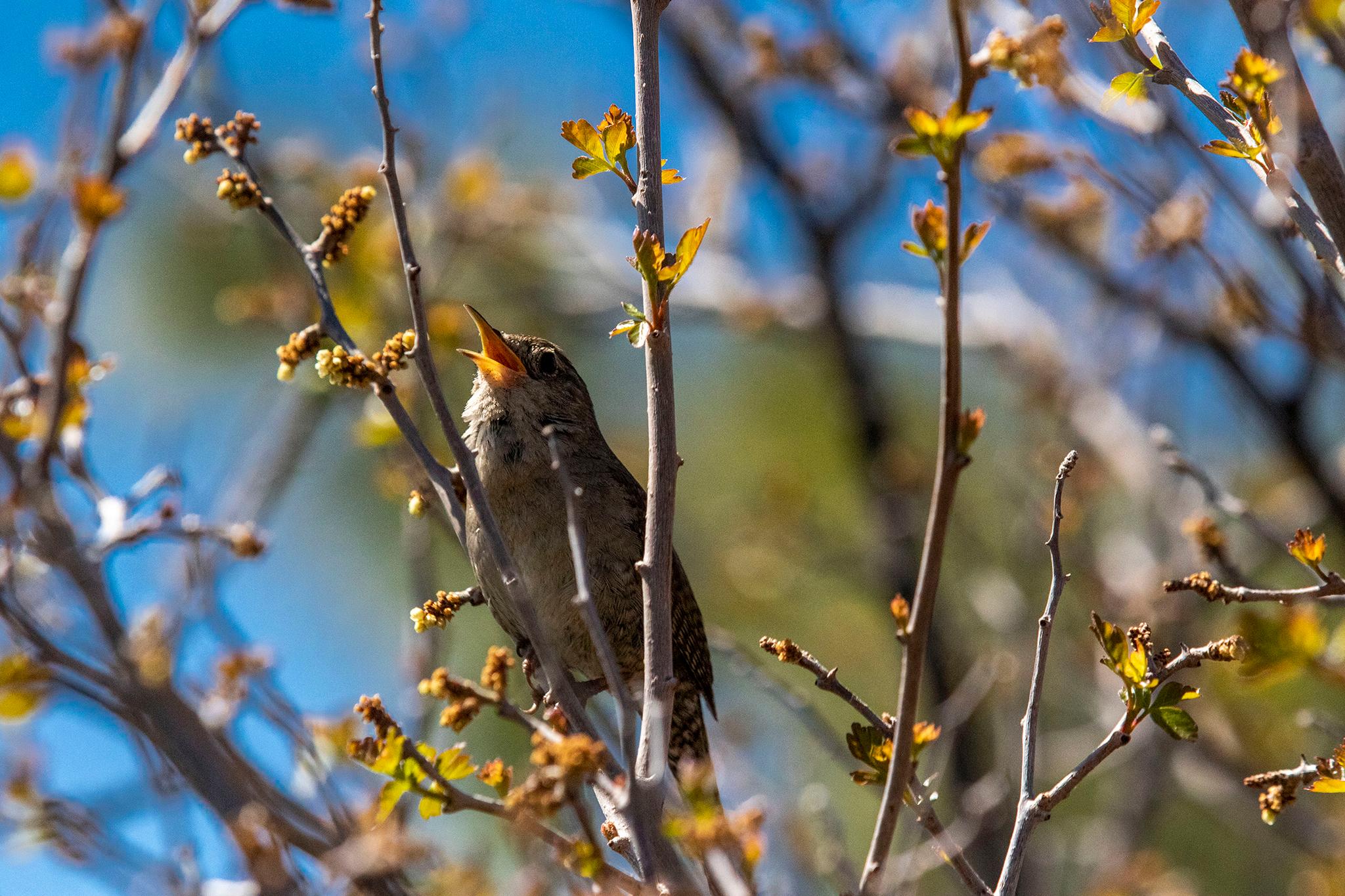
The next few weeks mark the peak of bird migration season, a biannual natural phenomenon when hundreds of millions of birds journey across the continent, primarily at night. Scientists are calling on the public to participate in conservation efforts by turning off unnecessary artificial lights at home, potentially saving millions of avian lives.
"Most birds across the Western Hemisphere are actually migrating under the cover of darkness," explained Miko Jimenez, who recently completed his PhD at Colorado State University.
"For the longest time, we didn’t know much about migration. There used to be people who thought that the birds went to the moon or hid under the mud for the winter, but over time we realized that birds are migrating and are doing so in really large numbers."
Artificial lighting, however, poses a significant threat. Jimenez noted that these lights confuse and disorient migrating birds, who evolved navigating by moonlight and starlight.
The impact is severe: "We know that every year about 600 million birds die by running into anthropogenic structures. Lights often attract birds to areas with a lot of structures," he said.
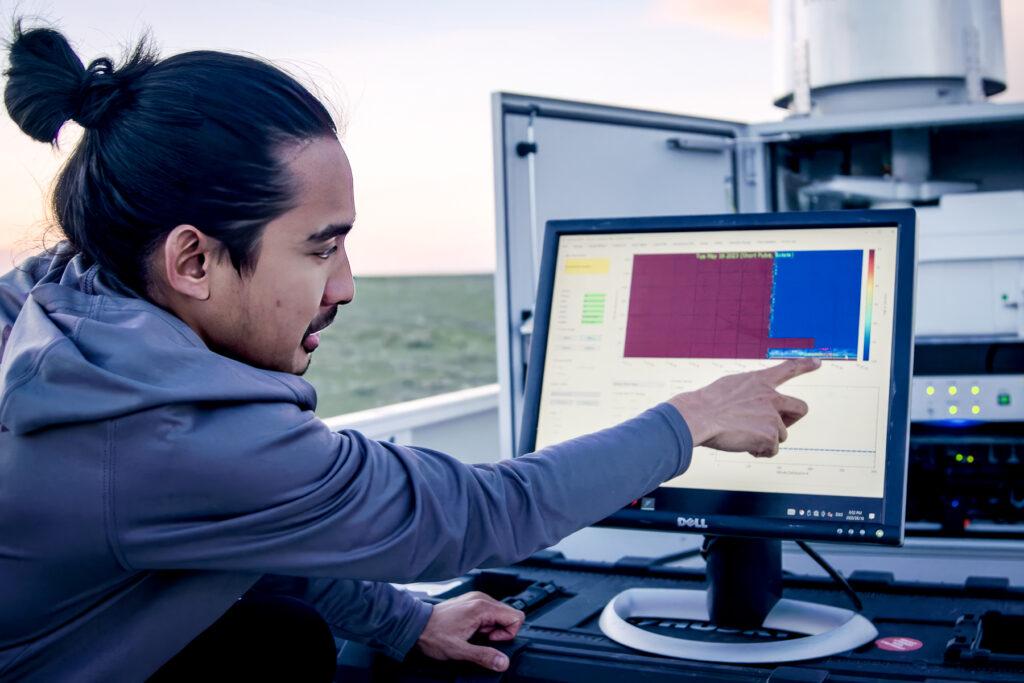
To track and understand these migrations, researchers from the AeroEco Lab at Colorado State University, including Jimenez, use a portable radar system compact enough to fit in the back of a pickup truck. This allows them to monitor bird movement across Colorado.
Their research has uncovered an intriguing pattern: Approximately 80% of bird migration occurs during just a few nights each year. "If we were to focus just on those nights, we would help millions of birds," Jimenez emphasized.
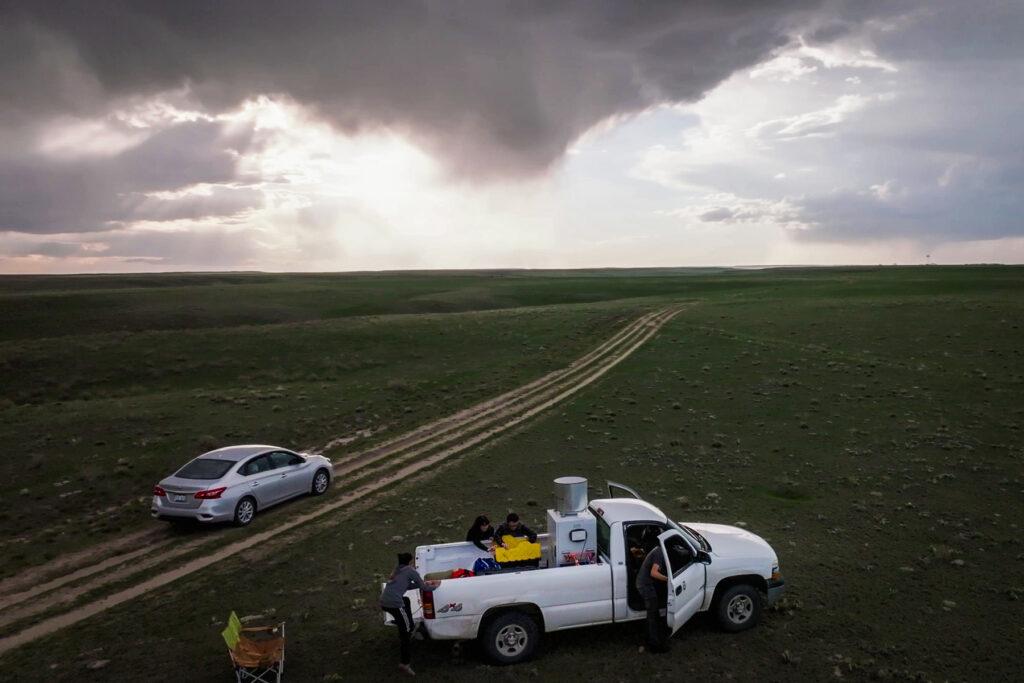
The upcoming weeks in early May represent one of these critical windows. Jimenez encouraged residents to experience the wonder of migration firsthand and suggested using resources like BirdCast to identify peak migration nights. On these evenings, he said Coloradans should minimize artificial light.
"If we can kind of enlist the public to reduce the amount of light that they're emitting," Jimenez explained, "we can have that kind of outsized impact from a conservation standpoint and really keep birds safe as they move over our cities."



